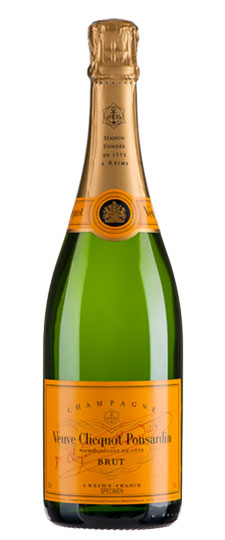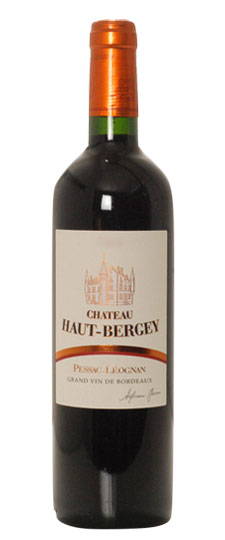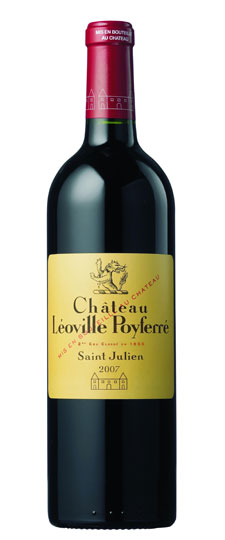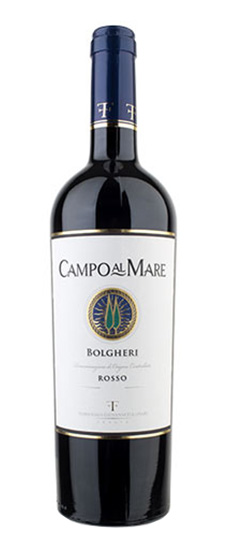Wine Score
Grape Variety
Bordeaux Blend
A Bordeaux Blend is a blended red wine that contains only those varieties that are authorized for use in the red wines of the Bordeaux region of France. Bordeaux is the most famous and highly coveted wine blend in the world. Like many wines with a long history, there’s a lot to learn, so we’re here to just cover the basics.
- Red Bordeaux blend is primarily composed of Cabernet Sauvignon, Merlot, and Cabernet Franc, with smaller portions of Malbec and Petit Verdot.
- White Bordeaux blend is primarily made of Sauvignon Blanc and Sémillon, with a splash of Muscadelle in the mix
While there are both red and white Bordeauxs, the name Bordeaux is primarily associated with the red wine blend. Red Bordeaux is a red wine that is always made from blending Cabernet Sauvignon wine and Merlot wine together, though the proportion of each depends on the location of the winery that made the wine.
- Left bank blends : tend to be higher in tannins, alcohol and acidity. They are powerful, rich wines that are said to age a bit better than wines from the Right Bank.
- Right bank blends : tend to be softer, less tannic and lower in alcohol and acidity. Because Merlot is the dominant grape, they are much more juicy and usually ready to be drunk much earlier than Left Bank Bordeauxs, and they’re often less expensive.
Pessac-Leognan Wine
Pessac-Léognan is a prestigious appellation for red wine in the Bordeaux region of south-western France. It was carved out of the Graves sub-region in 1987 as recognition for its high quality red and white wines. Many of the estates in what is now Pessac-Léognan were the best performers in the Graves Classification of 1959.
The regions wines tend to be based on the Cabernet Sauvignon and Cabernet Franc grape varieties. They best suit the terroir of Pessac-Léognan. The dominant soil type is the same gravel (and sand) which gave Graves its name.
Pessac-Léognan’s white wines are made predominantly from Sauvignon Blanc (a required minimum of 25 percent) and Semillon grapes. This duo thrive on the sandier soils of the appellation and produce extremely long-lived wines. In other regions and countries, blends of Sauvignon Blanc and Semillon are usually best consumed within a few years of harvest. The wines are often matured in oak for greater complexity.
The northern vineyards of the appellation are intermingled with the southern fringes of Bordeaux city. Those in the south are surrounded by the forests which produce the other main export of Graves: timber. Orchards and fields dominate the landscape of the Entre-Deux-Mers region just across the Garonne river, but pine forests and housing are predominant in Pessac-Léognan.
Among many top chateaux, the four most prestigious are Haut-Brion, La Mission Haut-Brion, Laville Haut-Brion and Pape Clément. The latter is named after Pope Clément V, who ordered its original vineyards to be planted in the 14th Century. Each of these is located within the southern city limits of Bordeaux. The soils here are deep, with a high proportion of gravel, and are considered the best of the appellation. Their superior drainage helps to maintain the high quality of the vineyards.
Pessac Leognan Wine Style
The red wines from Pessac Leognan and Graves are produced in a myriad of styles ranging from simple wines meant to be enjoyed in their youth, to full-bodied, rich, elegant wines redolent of smoke, tobacco, cassis, dark cherry, leather, tar and truffle flavors with textures of silk and velvet. The best red Pessac Leognan can age for decades, and in some cases over 100 years!
The white Bordeaux wine from Pessac Leognan are rich, fresh, lively and often display pronounced citrus, lemon, grapefruit, lime, green apple, flowers, honey, wax and mineral characteristics. They range in levels of concentration and the ability to age.
There are several white Bordeaux wines from Pessac Leognan meant to be enjoyed young. However, the top white wines from chateau like Haut Brion and Domaine de Chevalier can age and evolve for 50 or more years! Also, it’s important to note that there are many vintages when the white and red wines produce completely different levels of quality.







